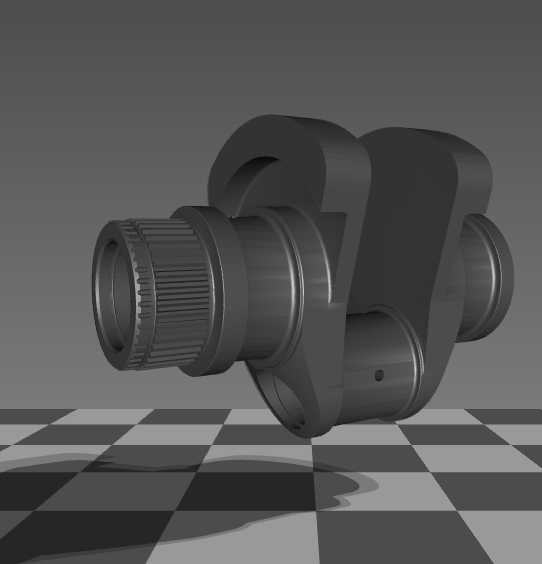
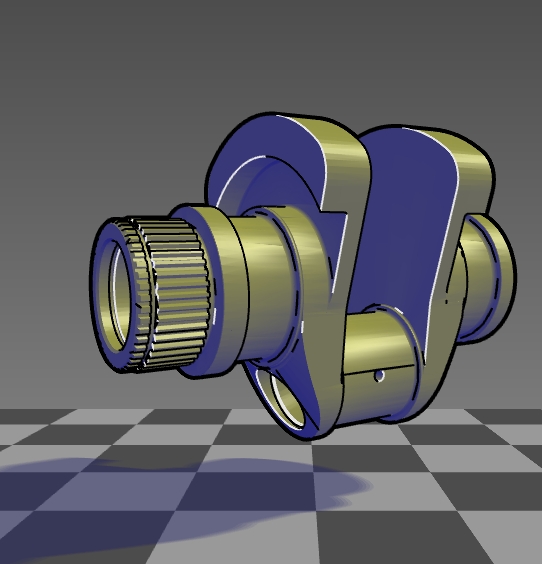
|
|
|


|
|
|
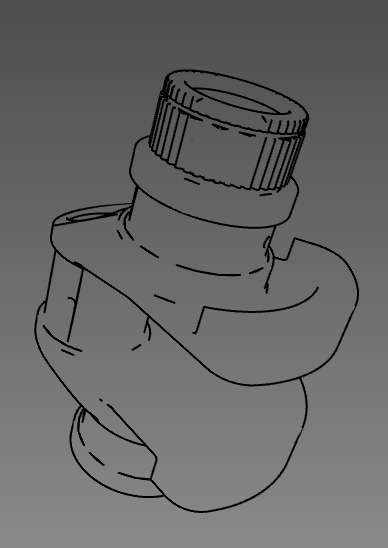
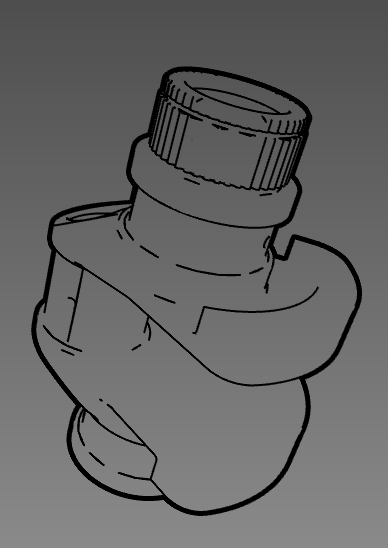
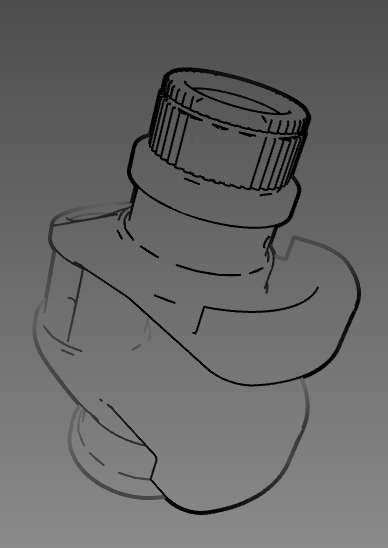 |

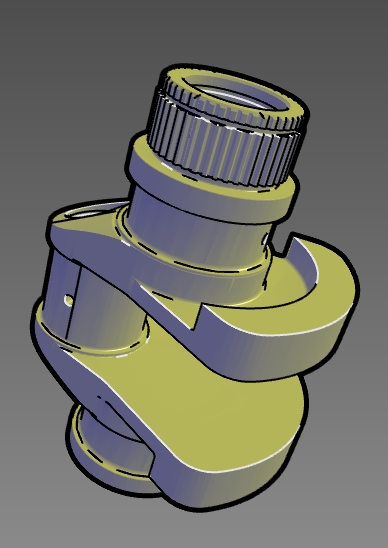 |
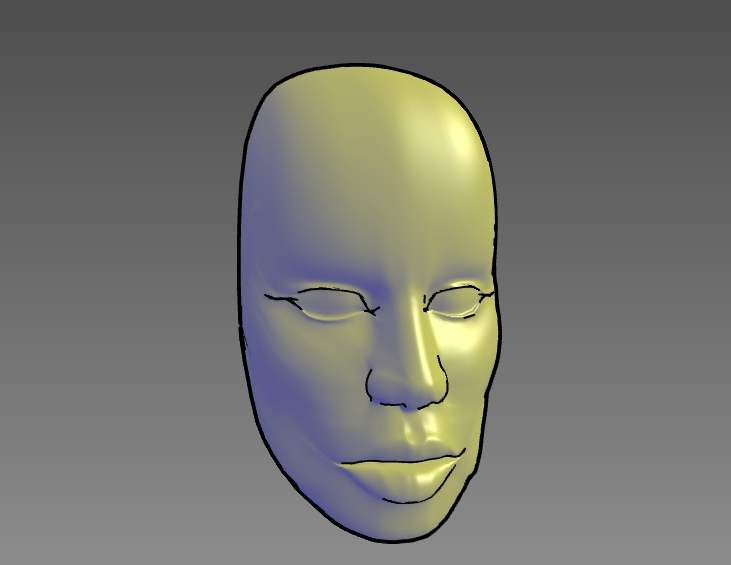
 |
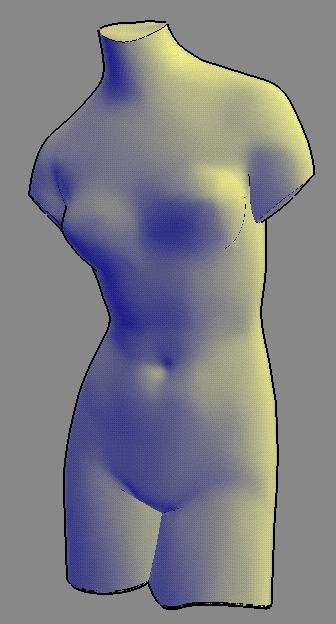
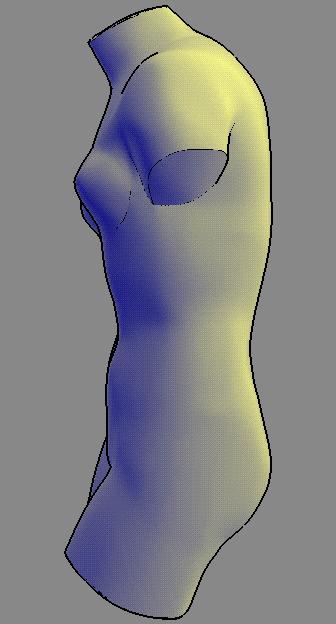
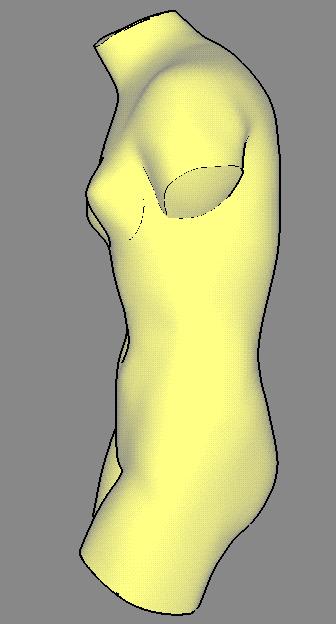 |
 |
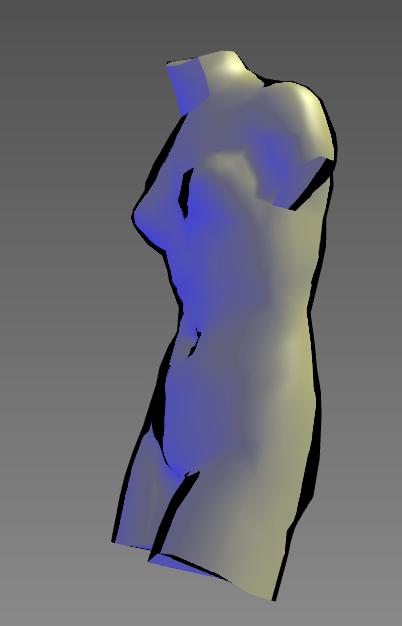
 |
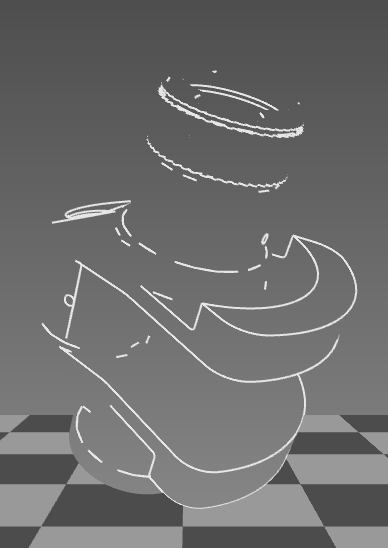
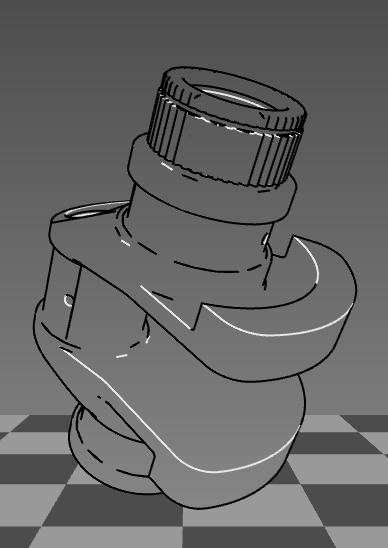 |
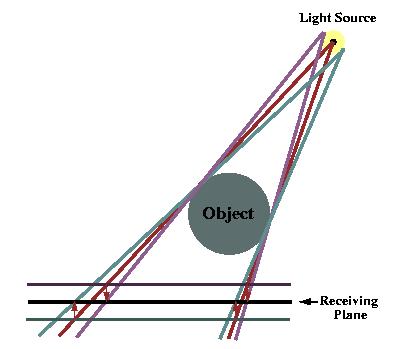 |
| Drawing the shadow of a sphere with a spherical light source directly onto a ground plane directly below it, traditionally each sample will render an ellipse. To get an accurate representation of the penumbra, this surface of the spherical light source needs to be sampled in 2 dimensions. With our method, each shadow is a concentric circle, requiring less samples to get the same results. |